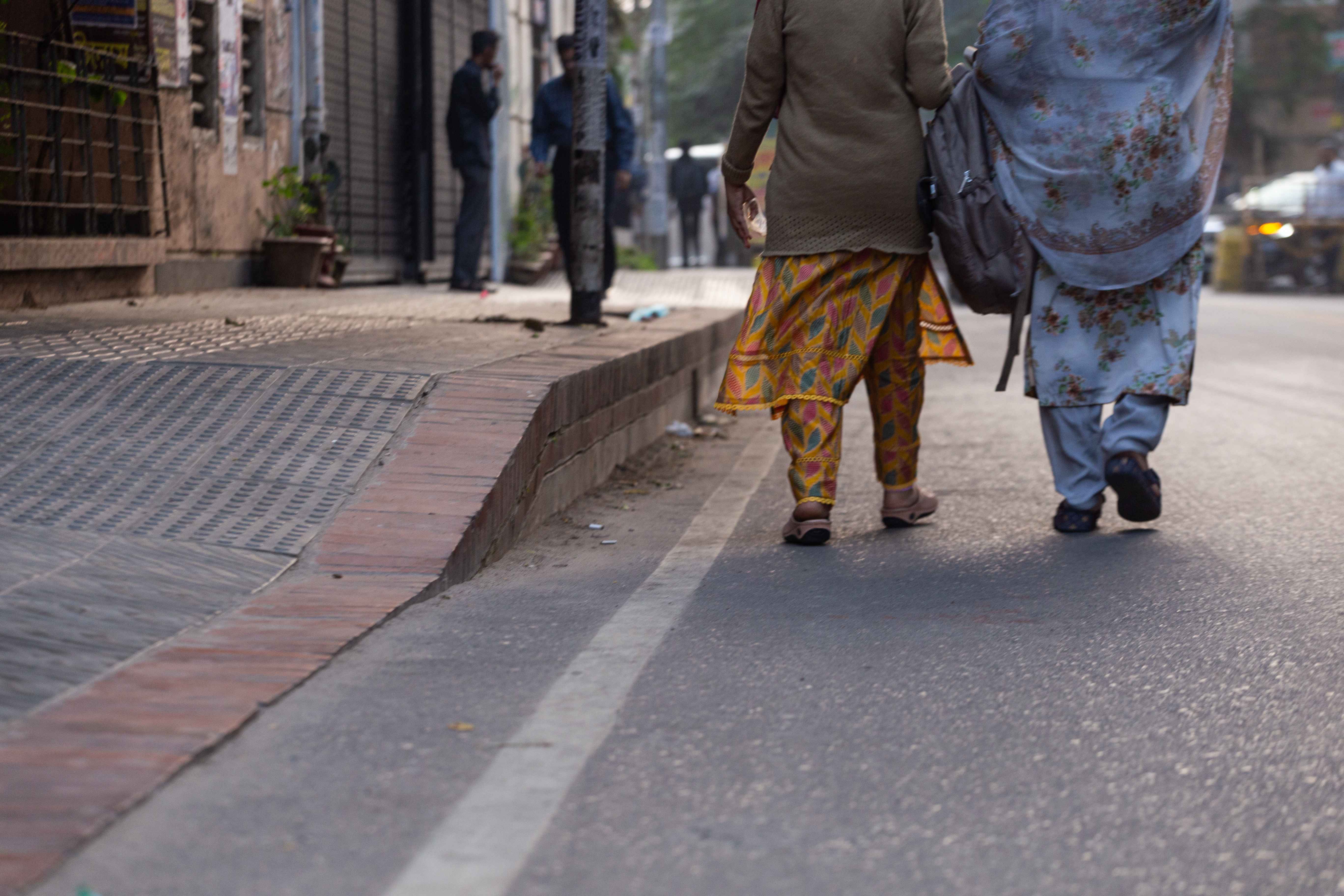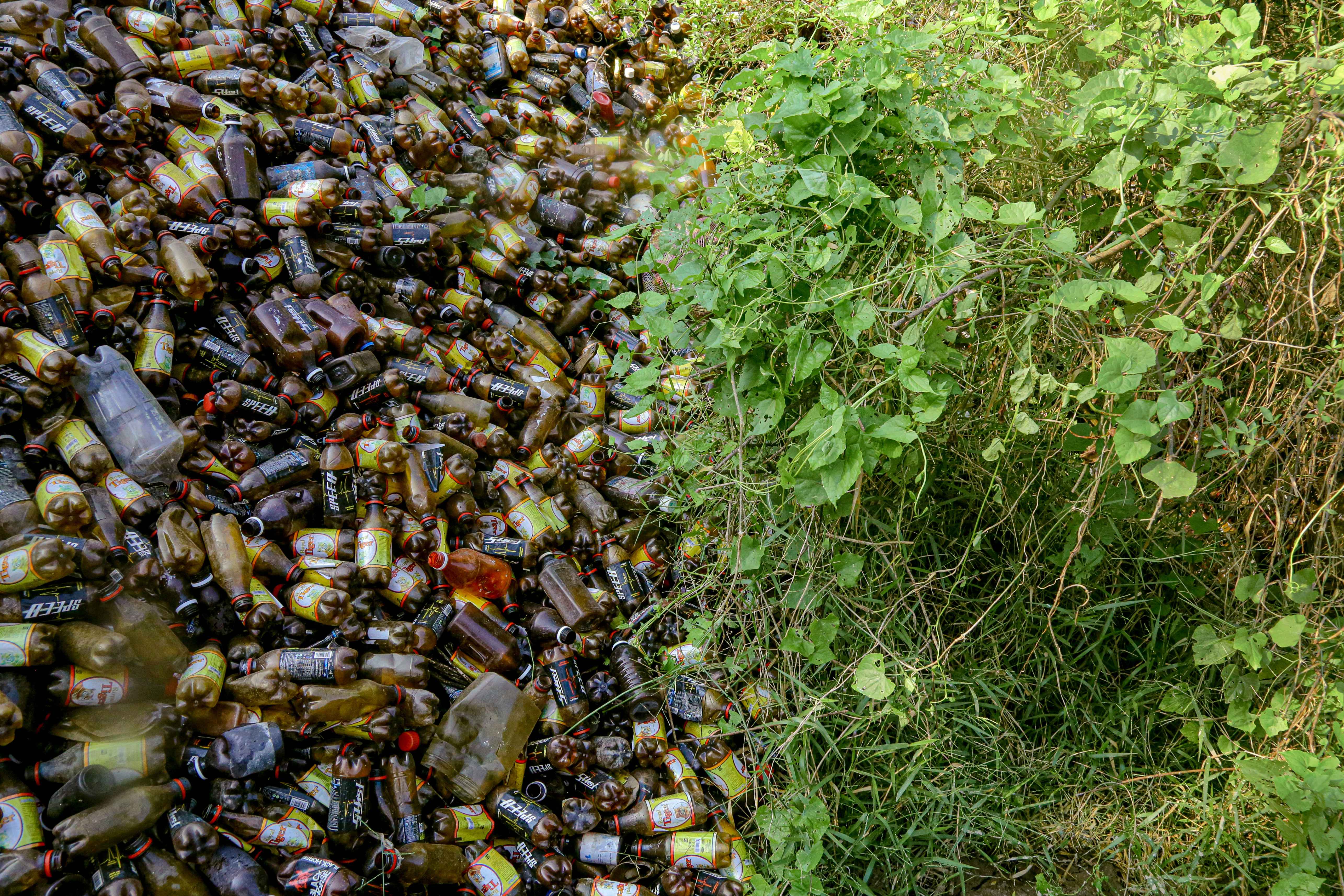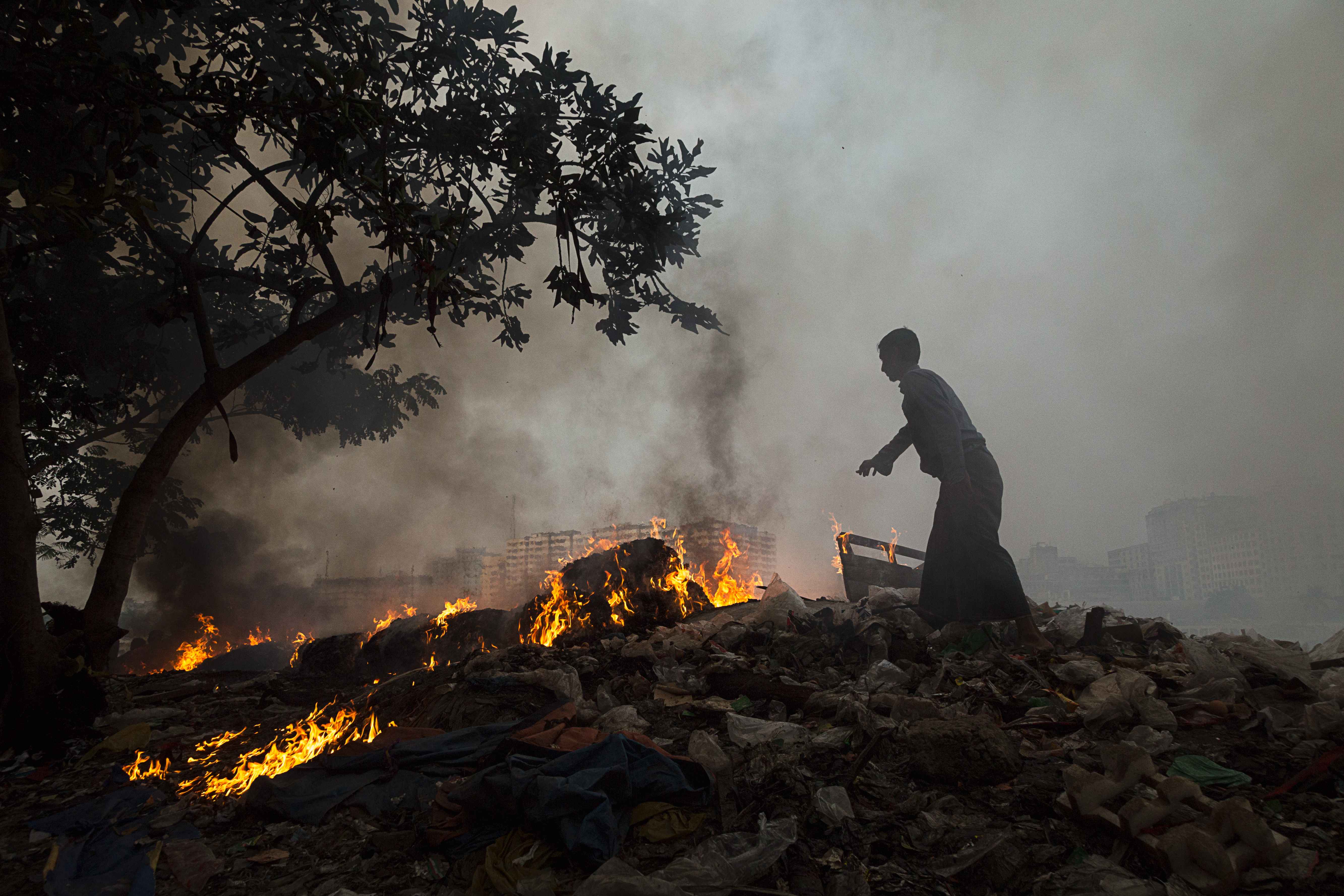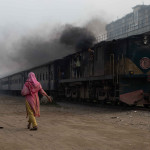
Home | blog
Seasonal Source Apportionment and Policy Implications of Particulate Matter Pollution in Dhaka, Bangladesh 2
s
Seasonal Source Apportionment and Policy Implications of Particulate Matter Pollution in Dhaka, Bangladesh:
Dhaka, one of the most densely populated megacities in the world, is grappling with severe air pollution, primarily driven by rapid urbanization and industrial growth. This study presents a detailed analysis of particulate matter (PM) pollution through seasonal sampling conducted at a semi-residential site in Dhaka from February 2005 to December 2006. Fine and coarse PM fractions were analyzed for mass, black carbon, and elemental composition, followed by source apportionment using EPA’s Positive Matrix Factorization (PMF) model. Results indicate a seasonal variation in source contributions, with vehicular emissions and brick kilns dominating during the dry season and metal smelters becoming more significant during the monsoon. The implications of transboundary pollution, particularly the South Asian Brown Cloud, are also discussed. This thesis proposes a set of policy measures and regional cooperation strategies to mitigate PM pollution, supported by empirical evidence and previous literature.
1.1 Background
Urban air pollution has emerged as one of the most pressing environmental health challenges in South Asia. Dhaka, the capital of Bangladesh, exemplifies this crisis, where increasing population density, poor infrastructure, and unregulated industrialization have led to hazardous levels of ambient air pollution. Among air pollutants, fine particulate matter (PM₂.₅) is of critical concern due to its direct link to respiratory and cardiovascular diseases.
1.2 Research Problem
Despite several initiatives by the Government of Bangladesh, PM concentrations in Dhaka remain consistently above both national and international standards. Understanding the seasonal variability and source contributions of PM is essential for effective regulatory planning and public health protection.
1.3 Objectives
This study aims to:
- Quantify seasonal PM levels in Dhaka across a two-year period.
- Identify and apportion major sources of PM using receptor modeling.
- Evaluate the impact of regional transport and the South Asian Brown Cloud.
- Recommend local and regional policy interventions to mitigate air pollution.
2. Methodology
2.1 Study Site
The sampling was conducted at a semi-residential location within the Atomic Energy Centre, Dhaka (AECD), situated at 23.73°N, 90.38°E. Although local traffic was minimal, the site is influenced by nearby high-traffic roads and regional pollution sources.
2.2 Sampling Technique
A Gent stacked filter unit (SFU) aerosol sampler was used to collect size-fractionated particles (fine and coarse). Samples were collected over 24-hour periods and analyzed gravimetrically for mass, with further analyses conducted for black carbon and elemental composition via X-ray fluorescence (XRF).
2.3 Source Apportionment
The EPA's Positive Matrix Factorization (PMF) model was employed to determine pollution source contributions. Seasonal separation of data enabled the evaluation of temporal variability in source impacts.
3. Results and Discussion
3.1 PM Concentrations
Annual average concentrations of PM₁₀ and PM₂.₅ exceeded both USEPA and Bangladesh’s National Ambient Air Quality Standards (BNAAQS), which are 50 µg/m³ and 15 µg/m³ respectively. Higher concentrations were consistently observed during the winter months due to minimal rainfall and stagnant meteorological conditions.
3.2 Seasonal Source Contributions
- Dry Season: Vehicular emissions and brick kilns are the primary contributors to high PM levels during winter. Many brick kilns operate exclusively in this season, and cooler, stagnant air traps pollutants near the ground.
- Wet Season: A relative drop in local emissions is observed due to the washing effect of rain, but the contribution from metal processing and smelting remains, especially during industrial recovery phases.
- Transboundary Pollution from India:
A substantial portion of the fine particulate matter in Dhaka's air—particularly black carbon and sulfates—is transported from northern and eastern Indian states, including Delhi, Bihar, and West Bengal (Kolkata region). During the winter months (November–February), prevailing northwesterly winds carry polluted air masses from these highly industrialized and densely populated areas into Bangladesh. Delhi, often ranked among the most polluted cities globally, along with biomass burning and coal-based industrial activity in Bihar and Kolkata, generates an air pollution plume that significantly impacts Dhaka’s ambient air quality.
This phenomenon has been corroborated by satellite-based aerosol optical depth (AOD) studies, as well as chemical transport models (e.g., WRF-Chem and HYSPLIT trajectory analysis), indicating that up to 30–40% of PM₂.₅ in Dhaka during winter may originate from outside Bangladesh.
4. Policy Recommendations
4.2 Regional and Transboundary Strategies
- South Asia Clean Air Corridor Initiative: Bangladesh should take a lead role in initiating a regional air quality agreement that includes India, Nepal, and Bhutan. This initiative could focus on shared monitoring networks, emission reduction from industrial clusters (e.g., Bihar and Kolkata), and joint early warning systems for haze events.
- Bilateral Cooperation with India: Establish data-sharing agreements and seasonal emission management protocols with Indian authorities. Specific focus should be on reducing agricultural stubble burning, coal combustion, and transportation emissions in Delhi NCR, Bihar, and West Bengal, especially during the pre- and post-monsoon seasons.
- SAARC Environmental Protocols: Leverage regional political platforms to advocate for binding air quality and emission targets under environmental agreements, supported by funding from international development partners (e.g., World Bank, UNEP, ADB).
5. Conclusion
This study highlights the complex and seasonal nature of air pollution in Dhaka. While local sources such as vehicles and brick kilns remain dominant contributors, transboundary pollution from Indian regions—particularly Delhi, Bihar, and Kolkata—is a major aggravating factor, especially in the winter months. Coordinated regional action is essential to reduce cross-border air pollution. Without such collaboration, national efforts will remain insufficient. Therefore, a dual-track strategy addressing both internal mitigation and external diplomatic and scientific engagement is necessary to ensure clean air for the citizens of Dhaka and beyond.
References
- Begum, B.A., Biswas, S.K., Hopke, P.K. (2004). "Identification of sources of fine and coarse particulate matter in Dhaka, Bangladesh." Atmospheric Environment.
- Begum, B.A., Hopke, P.K., Markwitz, A. (2010a). "Air pollution by fine particulate matter in Bangladesh." Atmospheric Pollution Research.
- Gustafsson, O., et al. (2009). "Brown clouds over South Asia: Biomass or fossil fuel combustion?" Science.
- Kehrwald, N.M., et al. (2008). "Widespread melting of Himalayan glaciers: Climate change or soot?" Geophysical Research Letters.
- Pandve, H.T., & Patil, A.V. (2008). "Asian brown cloud: A cause of concern." Indian Journal of Occupational and Environmental Medicine.
- Ramanathan, V., et al. (2001). "Aerosols, climate, and the hydrological cycle." Science.
- Ramanathan, V., & Carmichael, G. (2008). "Global and regional climate changes due to black carbon." Nature Geoscience.
- USEPA (2014). "Positive Matrix Factorization (PMF) 5.0 Fundamentals." U.S. Environmental Protection Agency.






